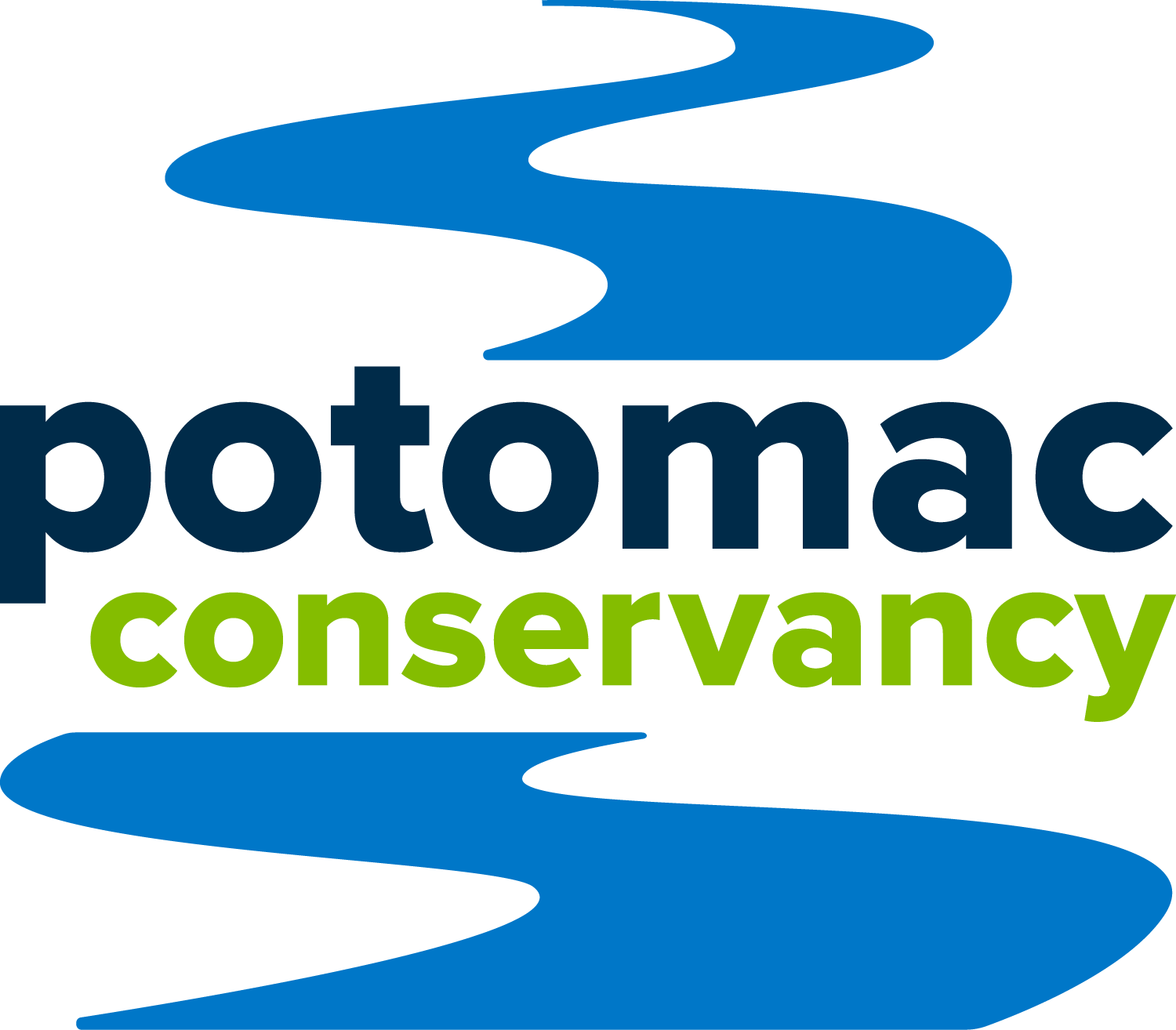Field report: 9 animals protected on conserved lands
/A look behind the scenes at wildlife that call our protected properties home
Our local lands and waters are home to some truly amazing animals.
Forget squirrels and sparrows.* We’re talking:
- amphibians who protect us from disease-spreading mosquitoes
- one of the few tool-using birds in the world, and
- the only native feline to West Virginia
And that’s just a few of the many fascinating critters who share the lands and waters of the Potomac River with us.
Unfortunately, animals across our region are threatened by habitat loss each and every day. Without a place to live and find food, animals cannot survive.
That’s why land conservation is so vital. Potomac Conservancy works with local landowners to protect river friendly lands in the headwaters. In doing so, we not only safeguard clean water, we protect critical habitat for wildlife.
Here are some of the animals that we find on our protected properties. By permanently protecting healthy lands, we’re ensuring there is a home for bald eagles, eastern newts, box turtles and so many more animals for years to come.
*No offense to our seed loving friends. We help them out too through tree plantings and native acorn collections.
Eastern Newt (Red-Spotted Newt)
Habitat: Deciduous and coniferous forests, freshwater ponds, small lakes, streams, and marshes.
Eastern newts help control populations of aquatic insects including mosquitoes and other invertebrates. Since their food source relies on healthy water, their presence is an indication of good stream health. Newts are part of a larger stream ecosystem and are prey to trout and other animals.
Eastern Garter Snake
Habitat: Edges of waterways, brushy areas, meadows, marshes, and woodlands.
Though garter snakes are some of the most common snakes in the eastern United States, pesticide use, pollution, habitat destruction, and hunting for the pet trade have reduced their numbers significantly. Clean water is important for garter snakes as they rely heavily on aquatic animals for food.
Green Heron
Habitat: Tidal wetlands, including swamps, marshes, and the edges of creeks, rivers, lakes, and ponds.
One of the world’s few tool-using bird species, green herons create fishing lures with insects, twigs, and other objects and drop them in the water to entice small fish. One of their biggest threats to green herons is habitat loss due to the draining and development of wetlands.
Bald Eagle
Habitat: Forested areas adjacent to large bodies of water.
Bald eagles have recently made a comeback in the Potomac region thanks to improving water quality and habitat protection. Eagles rely on fish as a food source, so when fish are sick or less plentiful, eagles struggle to survive. The return of the bald eagle in our region means our local lands and waters are returning to health.
Pileated Woodpecker
Habitat: Woodlands and tree-lined areas along waterways; May also be found in suburban areas with large trees and patches of woodland.
Living in forests and sometimes in partially wooded suburbs and backyards, pileated woodpeckers drill into dead trees to get insects for food. While fairly common, habitat loss due to the cutting of dead and live trees poses a threat to these red-headed birds.
Zebra Swallowtail
Habitat: Moist, low woodlands where its host plant, the paw paw tree, grows.
This beautiful insect is a pollinator, which means it moves pollen from one plant to another resulting in plant production. Pollinators like the zebra swallowtail ensure plants that we grow for food have healthy fruit production and a viable set of seeds.
Pearl Crescent Butterfly
Habitat: Open sunny areas, such as fields, pastures, meadows, roadsides, and along waterways.
Like the zebra swallowtail and other butterflies, the pearl crescent butterfly is also a pollinator. Pollinators are incredibly important for our food supply. Without them crops would not produce food. These butterflies need open areas, such as pastures and pine woods, with flowering plants. They also need clean water to drink.
Eastern Box Turtle
Habitat: Terrestrial (live on land), forests, and meadows where there is moisture.
Though they appreciate moist forest floors with good drainage, eastern box turtles may also be seen in more open areas, such as grasslands and pastures. When the weather is warm, they cool off in shallow streams, puddles, or submerged in mud. Pollution-free water is important for these turtles.
Bobcat
Habitat: Woodlands, mountainous areas, and brush land.
The only native feline in West Virginia, bobcats live in areas with dense vegetation. Sometimes seen as a nuisance, they actually help with vermin control by preying on mice and rats. They also prey on wounded or dead deer.
Join our monthly giving program
and protect healthy habitats for local wildlife
Take action today and provide clean water and healthy habitats for endangered local wildlife. Your monthly tax-deductible donation will provide us with critical resources to protect riverside forests and healthy habitats along the Potomac River.









Interested in Land Conservation?
Would you or someone you know like to leave a legacy by protecting the natural resources, beautiful scenery, and unique characteristics of his or her land with a conservation easement? Or, would you like to learn how you can support private land conservation?
Visit potomac.org/lands for more details or contact me, Tracy, at 540-667-3606 or lind@potomac.org at our Winchester, Virginia office.















Curious to know why some animals prefer living in the liminal spaces of the day, and which critters to keep an eye out for on your next dawn stroll or twilight hike? Let’s illuminate this fascinating – and, if you ask us, underappreciated – side of wildlife behavior!